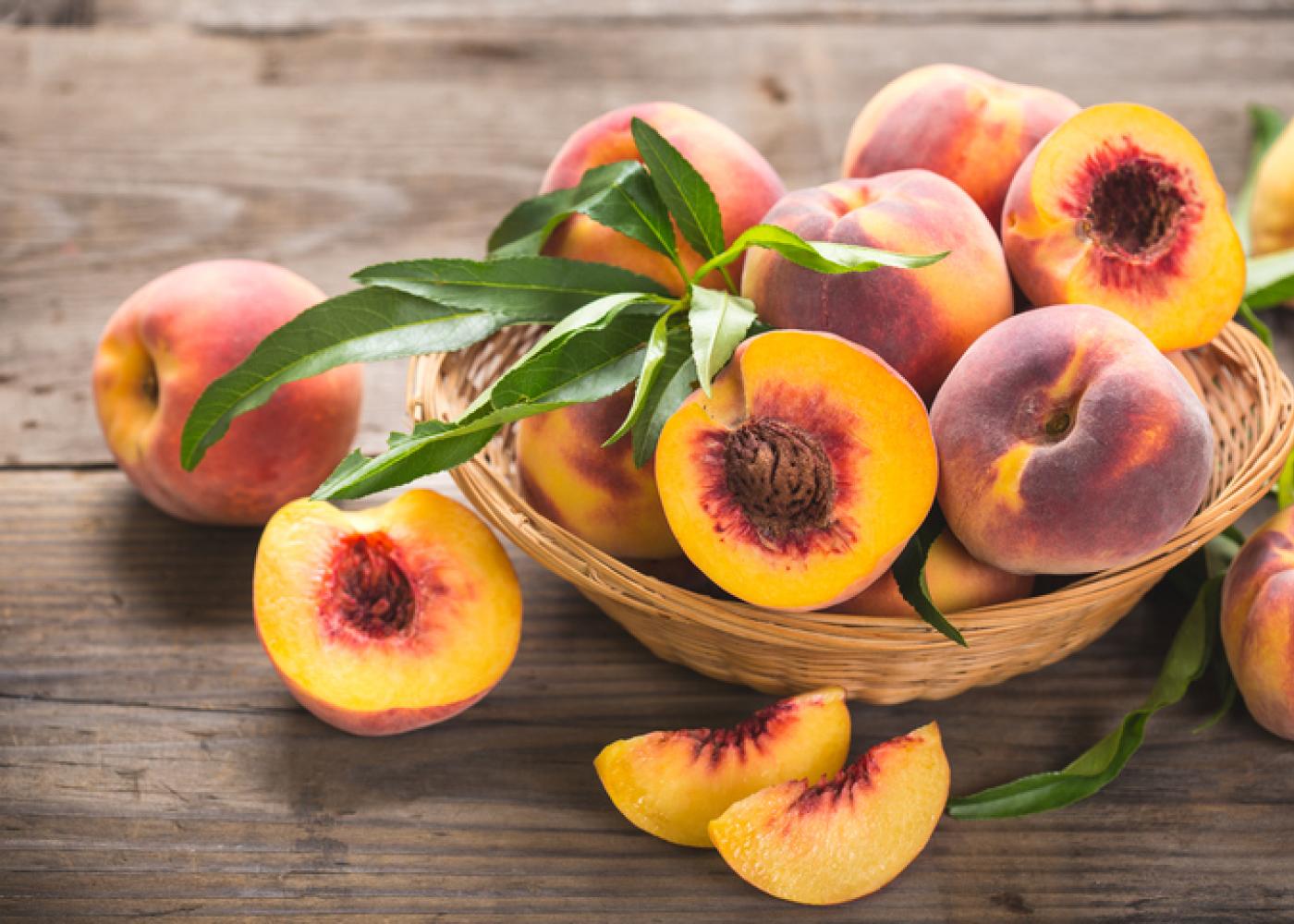‘Recovery’ as the word suggests is to get back what was previously owned and is now lost. When one talks of recovery it is either from illness or from a particularly challenging activity. Here, we will consider only the latter. Further, we will consider only physical activity restricting it to endurance part of recreational cycling.
Let’s keep this down to fundamentals. In such activities two things are happening:
1. Burning calories stored in the body
2. Breaking down muscle fibre, this is just like the tread of your tire
or the surface of bearings or the surface of your pedals, cleats etc., which get worn due to use. One mostly replaces them.
In the given examples, the constant use destroys permanently the bicycle parts, but in the human body, the wear and tear can initiate rebuilding if helped with judicious amounts of rest and nutrition.
Sports recovery is targeted for improvement by overcompensation.
Overcompensation:
To use the famous example of the stretched rubber band. This rubber band because of its property of elasticity returns to its original size when released after stretching. If one was to repeatedly stretch it to its limits, it would undergo a change in size, it would become longer. So is the case of our muscles, provided one gives them enough TIME, they will overcompensate when returning from the stretched state and become larger. This TIME is the rest one takes after exercise.
Overcompensation in nutrition(stored energy). When one repeatedly empties the energy stores in the body by regimented training, the capacity of the body to store energy increases in small increments. Here again,
there is a sort of overcompensation. The body starts storing more energy than it previously had. Therefore trained athletes can train for a longer time.
Quantum and quantity of rest and nutrition for optimum recovery. The quanta of rest and nutrition have a limiting value. The more the better is self-defeating. Too much rest the muscles will become weaker (muscle atrophy).
Too much food there is a danger of becoming overweight and lowering power to weight ratio values. (obesity).
The quality of rest and nutrition is as important as the quantity. The easiest way for a recreational cyclist to govern quality in nutrition is to remember the food triangle taught in school to help us understand this concept.
We see the quantity and quality play an equal part for optimal sports recovery. But that’s not the end of it. The most important parameter is the timing. The timing of the rest period and the timing of the nutrition is of paramount importance.
training, one gets progressively tired, breaking down muscle fibre and burning energy stores. Recovery is the recovering of the energy lost and the rebuilding of body tissue. It is regaining the fitness one had prior to the event, if not becoming fitter and stronger. To conclude one recuperates during the rest! “One grows stronger during the REST”.
Stay tuned for part 2!
Courtesy: Satish Patki
He was a part of Chris “Hoppo” Hopkinson crew for LeJoLe



![12 Healthy Protein Food Sources for Athletes [New 2019]](https://velocrushindia.com/wp-content/uploads/https://res.cloudinary.com/dpwrza7sq/image/upload/v1547302148/bicycles-25-2_ktixjb.png)


